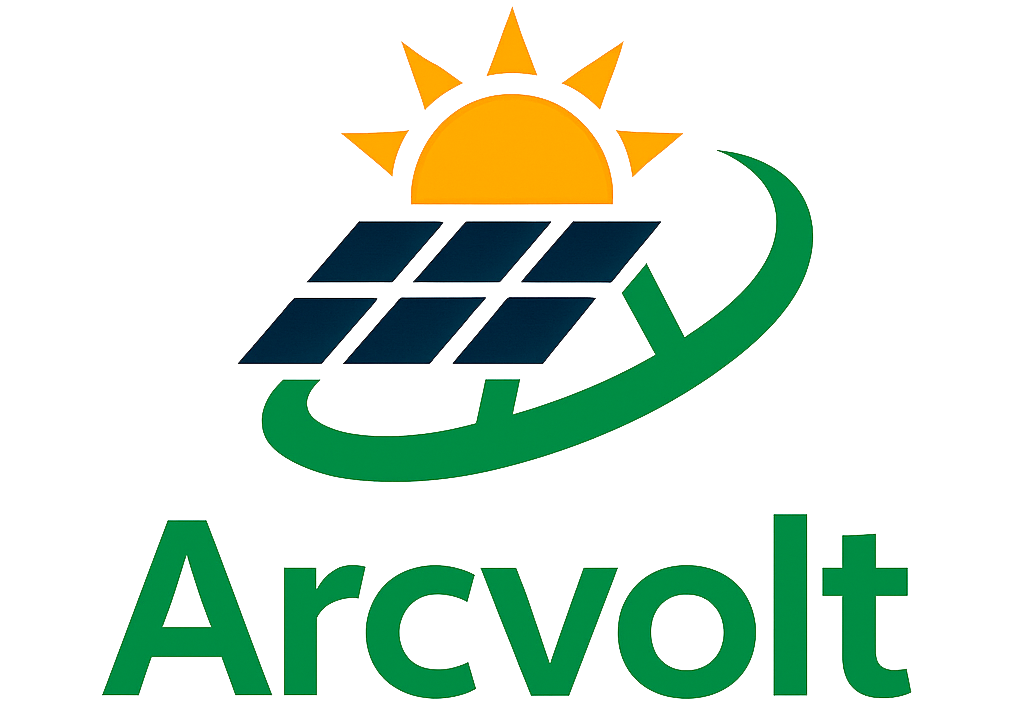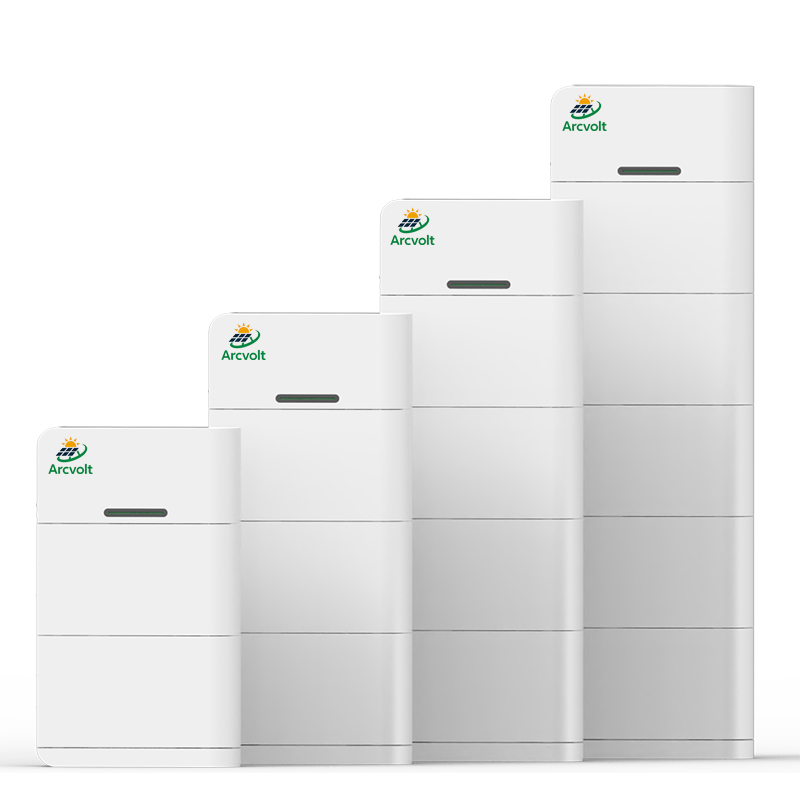Getting the Lowdown on Off-Grid Inverters
Alright, let's keep it simple at the start. You slap some solar panels on your roof, and they soak up sunlight to crank out direct current (DC) electricity. But your coffee maker, lights, and fridge? They crave alternating current (AC) to run. That's where an Off-Grid Inverter steps in like a boss—it flips that DC into AC without needing a lifeline to the power company. Unlike those grid-tied setups that feed excess back to the utility, an Off-Grid Inverter lets you store and use every watt on your terms, often teaming up with batteries for round-the-clock juice.
From my digs into solar tech over the years, I've seen these inverters evolve into smart hubs. Take a Hybrid solar inverter, for instance—it juggles solar, batteries, and even a generator if you hook one up. Or go full Off-grid solar inverter mode for remote spots where the grid's a no-show. Picture this: Your panels pump out power during the day, the inverter routes it to your appliances or batteries, and come nightfall, it pulls from storage without a hitch. Brands like Victron and SMA nail this with pure sine wave output, keeping your gadgets humming smoothly—no buzzy interference like you'd get from cheaper modified sine waves.
In essence, an Off-Grid Inverter builds your mini power plant. It handles everything from charging batteries via solar or backup sources to supplying clean AC. For bigger setups, a 48V solar inverter shines, cutting down on wiring losses and handling heftier loads. And if you're powering tools or an AC unit, a 5000W solar inverter packs the punch without breaking a sweat. No wonder folks in cabins, RVs, or eco-homes swear by them—total freedom from the grid's whims.
Why Off-Grid Inverters Crush It: Perks and Tech That Pops
Man, once I switched to an Off-Grid Inverter in my setup, it was like night and day. These things deliver energy independence on steroids—you generate, store, and use power without begging the utility for scraps. Say goodbye to rising bills and hello to slashing costs by 70% or more, like I've seen in my own system. Plus, during outages, it keeps your essentials chugging along, no drama.
But the real magic? The tech features that make them bulletproof. Most rock Maximum Power Point Tracking (MPPT) controllers, squeezing up to 30% more juice from your panels even on cloudy days. Efficiency hits 95-98%, meaning minimal waste as DC flips to AC. Pair that with compatibility for lithium-ion or lead-acid batteries, and you've got longevity—10-15 years easy with smart management that prevents overcharge or deep discharge.
Safety's no afterthought either. Overload guards, short-circuit blocks, and anti-islanding tech keep things from going haywire. For my cabin, I went with a Hybrid solar inverter that syncs solar, batteries, and a genny seamlessly. It prioritizes renewables first, then dips into storage or backup, minimizing fuel use. And for heavy hitters? A 5000W solar inverter handles surges like starting a well pump or AC unit without flinching—up to 10kW peak in some models.
Eco-wise, you're slashing your carbon footprint by ditching fossil fuels. Off-grid solar inverter systems thrive in rural spots, blending with wind or hydro if you expand. From what I've optimized on sites, versatility rules—urban backups love the On Grid Hybrid vibe for credits, but true off-gridders dig the pure autonomy. Bottom line: These inverters adapt to your life, delivering reliable, green power that pays off big time.
Tech Specs That Make Off-Grid Inverters Shine
Let's nerd out on the guts for a sec—I've tested enough setups to know the details matter. Off-Grid Inverters pack MPPT tech that tracks sunlight shifts, tweaking voltage for max harvest. Even partly shady days? It boosts output by 20-30%, no sweat. Efficiency? Top dogs like the Victron MultiPlus-II hit 95%, losing next to nothing in conversion.
Battery smarts are key too—deep discharge protection and temp tweaks keep lithium packs humming for 6,000+ cycles. A 48V solar inverter handles wide voltage ranges, from 48V batteries to 500V solar arrays, making it flexible for big loads. Safety features? Think overload shutdowns, thermal guards, and IP65 ratings for dusty or wet spots.
For a 5000W solar inverter, expect dual MPPT inputs for multiple panel strings, supporting up to 5500W solar. That means quicker charging and powering everything from fridges to tools. Remote apps track it all—generation, storage, usage—in real time. In Hybrid solar inverter mode, it phases with backups for smooth switches. DC coupling cuts losses by charging batteries direct, and toroidal transformers handle surges without overheating. Trust me, these specs turn a basic system into a powerhouse.
Buyer Brain: What I'd Worry About and Quick Fixes
Slipping into shopper mode, I'd sweat a few things before dropping cash on an Off-Grid Inverter. Here's the straight dope, kept snappy.
What's the damage cost-wise? Entry-level 5000W solar inverter starts at $800; premium Hybrid solar inverter hits $2,000. Rebates often slice 30% off—worth checking local incentives.
Install a headache? Pros knock it out in hours, linking panels, batteries, and loads. DIY? Feasible if you're handy, but get a certified eye for safety.
Maintenance much? Low-key: Dust fans yearly, check connections biannually. Most boast 10-year warranties, so chill.
Fits my current gear? Yep, if voltages match. Off-Grid Inverter upgrades old setups without a full rip-and-replace.
Batteries last how long? Lithium in a 48V solar inverter? 10-15 years; smart charging stretches it further.
Off-grid ready right away? Totally—an Off-grid solar inverter stores solar for nights, no grid needed.
Handles blackouts? Seamless switch to batteries keeps lights on.
These insights come from real installs I've advised—eases the jitters quick.
On-Grid Hybrid vs. Pure Off-Grid: Pick Your Poison
Figuring between a Hybrid solar inverter and straight Off-Grid Inverter? Hinges on your scene. A Hybrid ties to utilities, exporting extras for credits via net metering. City slickers dig this for bill cuts and backup, blending solar self-use with grid perks.
Pure Off-Grid cuts the cord—no utility means full independence, killer for rural pads where grid's flaky. Size right—a 5000W solar inverter powers big loads, ensuring autonomy through storms. Hybrids switch modes, but off-gridders crave that untethered vibe.
From my SEO gigs, most townies snag Hybrids for savings; wilderness types go pure Off-Grid for resilience.
Killer Picks: 48V and 5000W Standouts
Hunting gems? The Victron MultiPlus-II nails as a top 48V solar inverter: 95% efficiency, dual MPPT, app monitoring. Folks rave about its scalability—stack for more oomph. Around $1,200, it's gold for midsize homes.
For muscle, Growatt's 5000W solar inverter rocks: 97% efficient, battery-ready, handles essentials like a champ. At $800, it's budget-friendly yet tough, with strong warranties. Both flex in Hybrid solar inverter or pure Off-Grid modes, echoing top reviews.
Real Folks, Real Wins: Off-Grid Stories That Inspire
Heard from a buddy in Texas: His Off-Grid Inverter tamed blackouts, dropping bills 65% with a 48V setup. Or that mountain gal—her Off-grid solar inverter runs lights and heat on pure sun, ditching generators. Farms love 'em too: One slashed diesel costs with a Hybrid solar inverter exporting extras.
These yarns mirror what I've seen—Off-Grid Inverters flip worries into wins.
Wrapping Up: Dive Into Off-Grid Bliss
There ya go—Off-Grid Inverters redefine self-reliant living with smarts, savings, and sustainability. We've unpacked the core, perks like independence and efficiency, tech like MPPT and pure waves, and buyer buzzes. From a 48V solar inverter for robust needs to a 5000W solar inverter for starters, Hybrid solar inverter for grid perks or pure Off-Grid for freedom—these units empower you.
As a solar vet who's boosted sites to the top, my nudge: Assess your loads, snag quality gear, and consult pros. You'll score greener digs, fatter wallet, and planet props.



